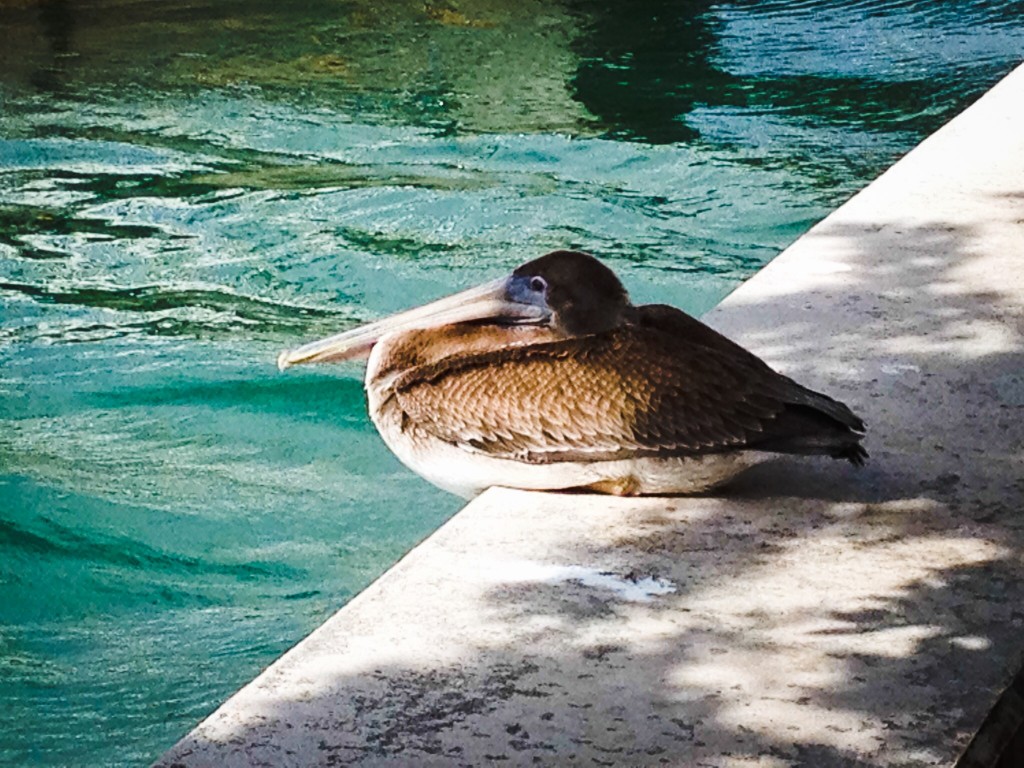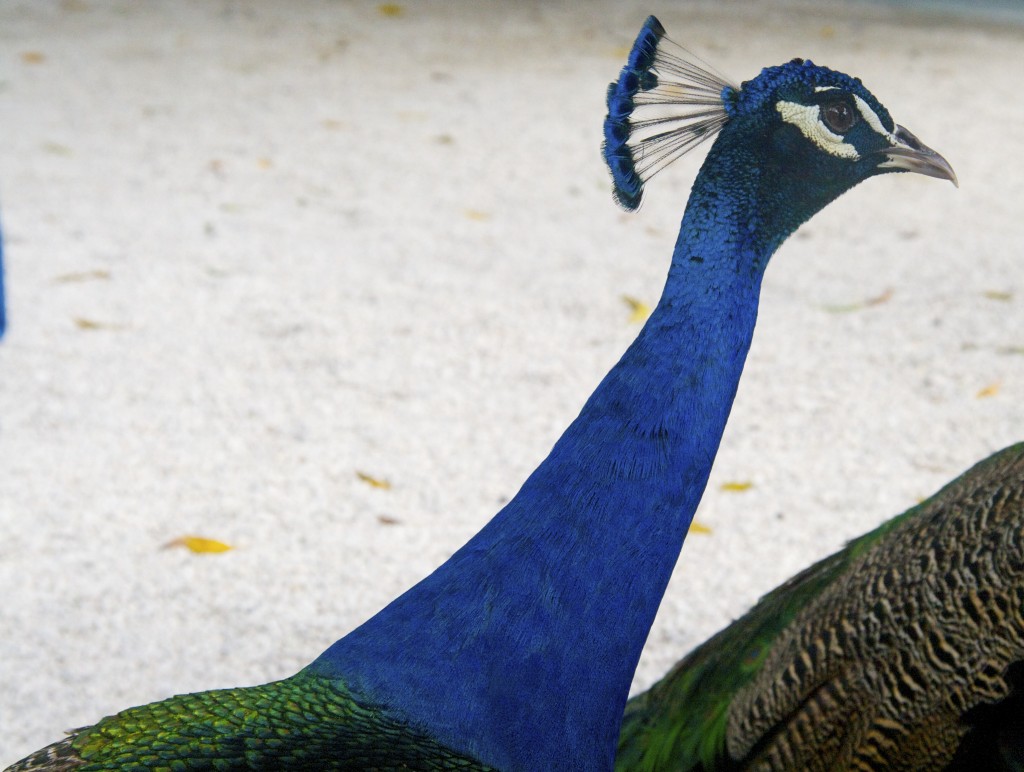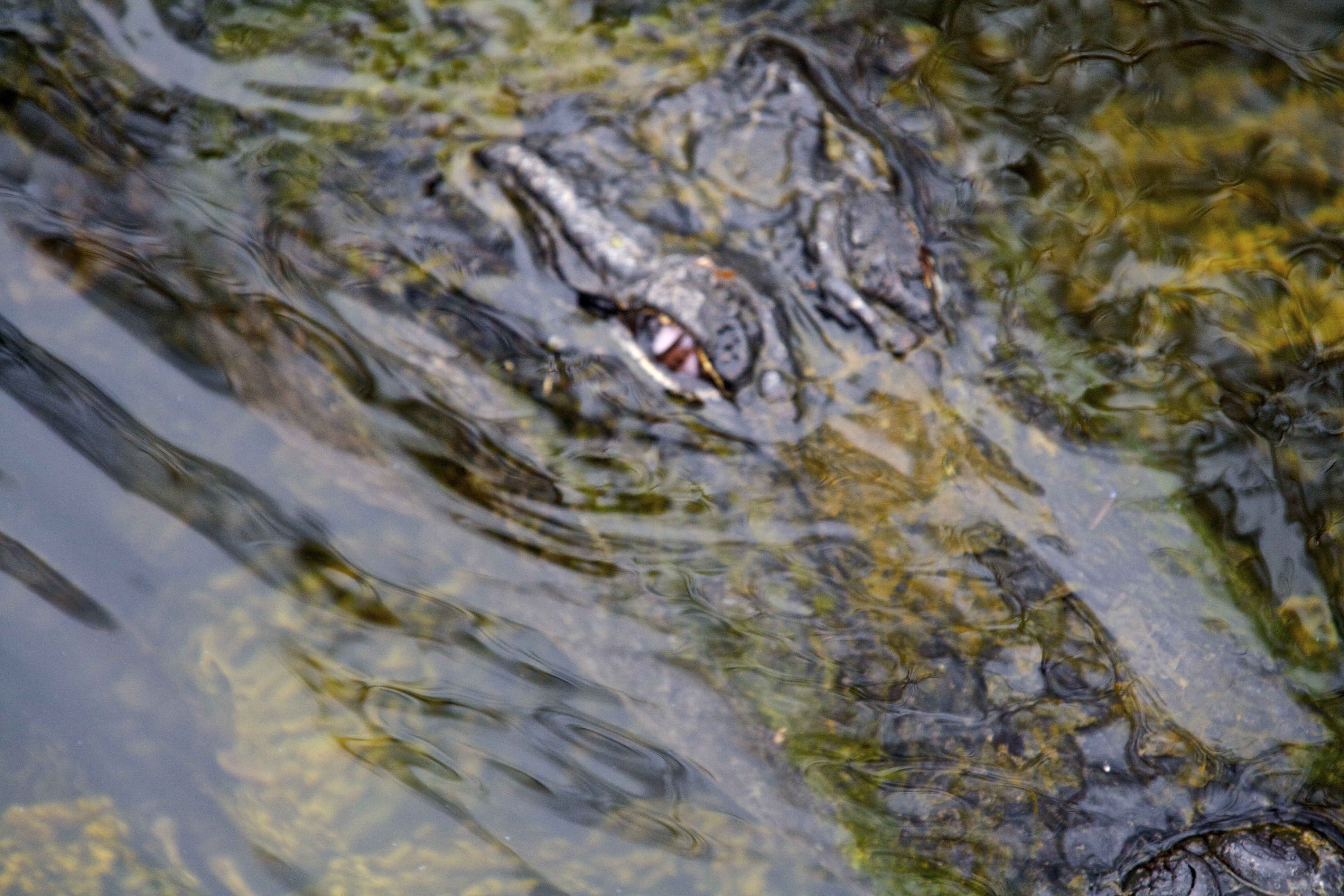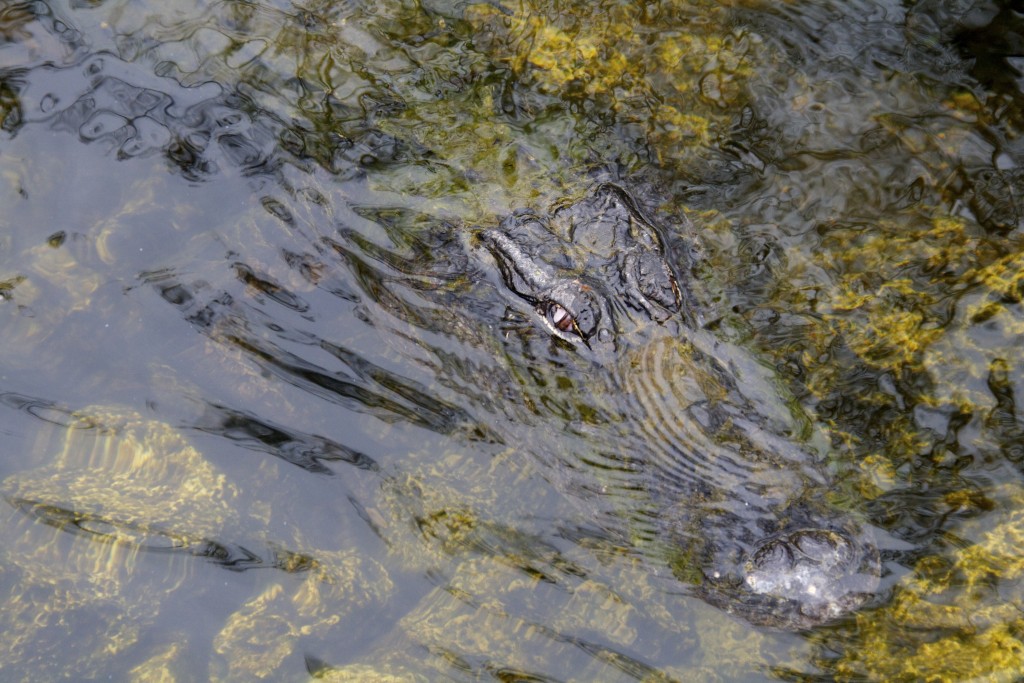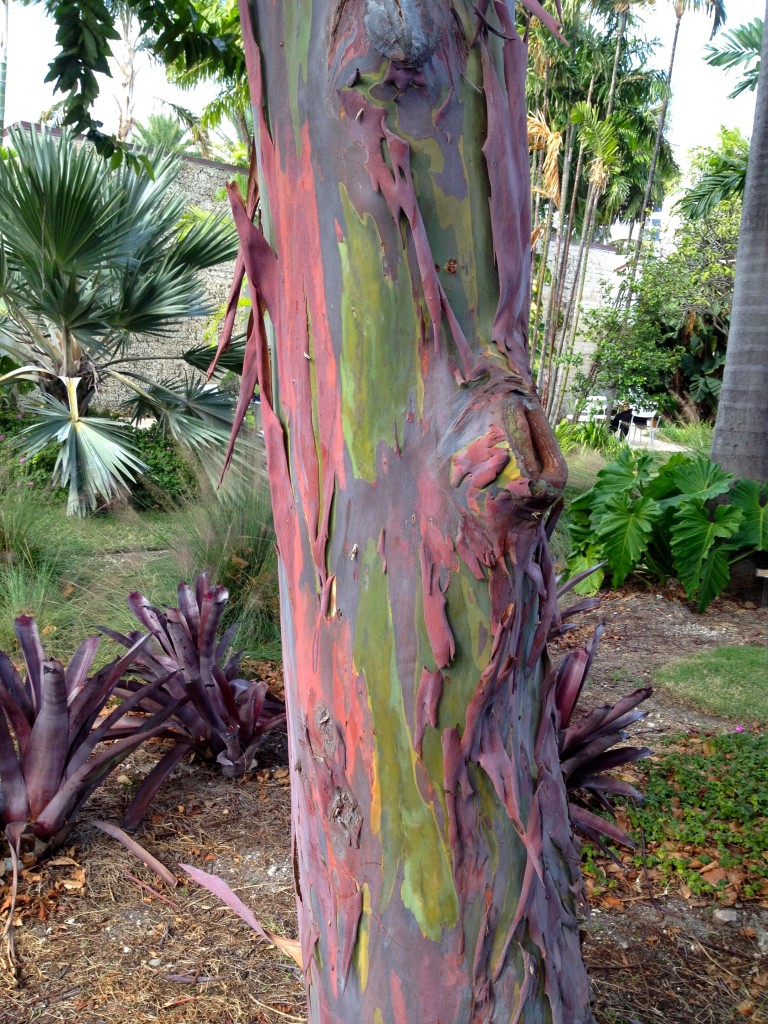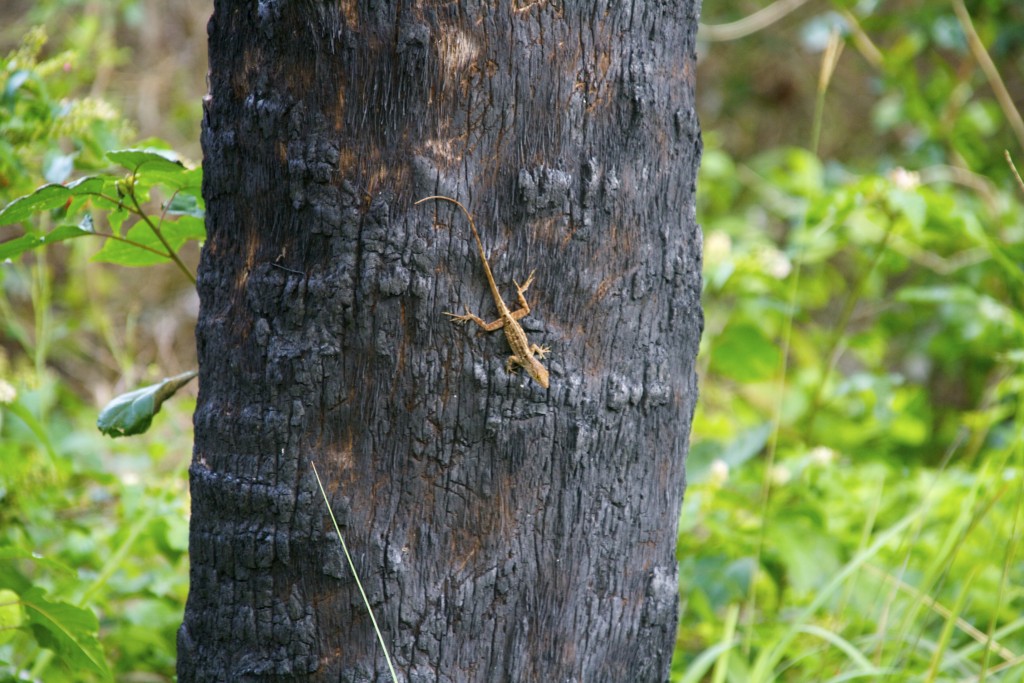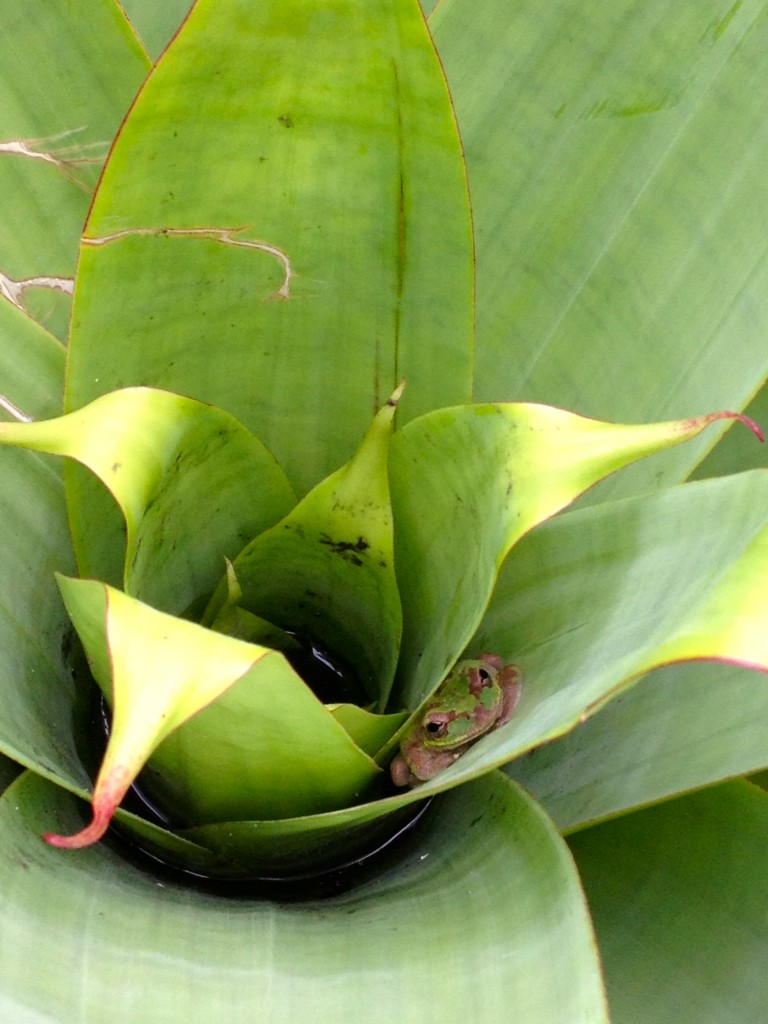Pelicans fly through the air, dive into the ocean but sometimes they just want to sit and be.
They are very chilled out birds but it was a triumph for me to capture these images without disturbing their rest.
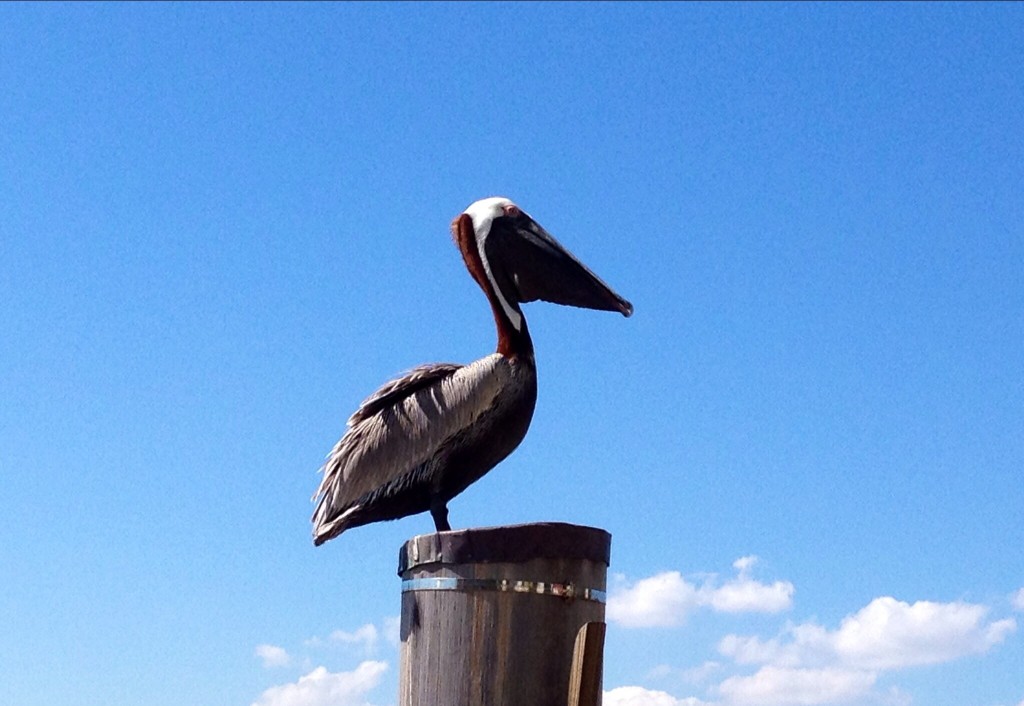
Dixon Lanier Merritt (1879–1972) was an American poet and humorist. He was a newspaper editor for the Tennessean, Nashville’s morning paper, and President of the American Press Humorists Association. He penned this well-known limerick in 1910.
A wonderful bird is the pelican,
His bill will hold more than his belican,
He can take in his beak
Enough food for a week
But I’m damned if I see how the helican!or:
A funny old bird is a pelican.
His beak can hold more than his belican.
Food for a week
He can hold in his beak,
But I don’t know how the helican.
The limerick was inspired by a post card sent to him by a female reader of his newspaper column who was visiting Florida beaches. It is often misattributed to Ogden Nash and is widely misquoted as demonstrated above. It is quoted in a number of scholarly works on ornithology, including “Manual of Ornithology: Avian Structure and Function,” by Noble S. Proctor and Patrick J. Lynch, and several others.
